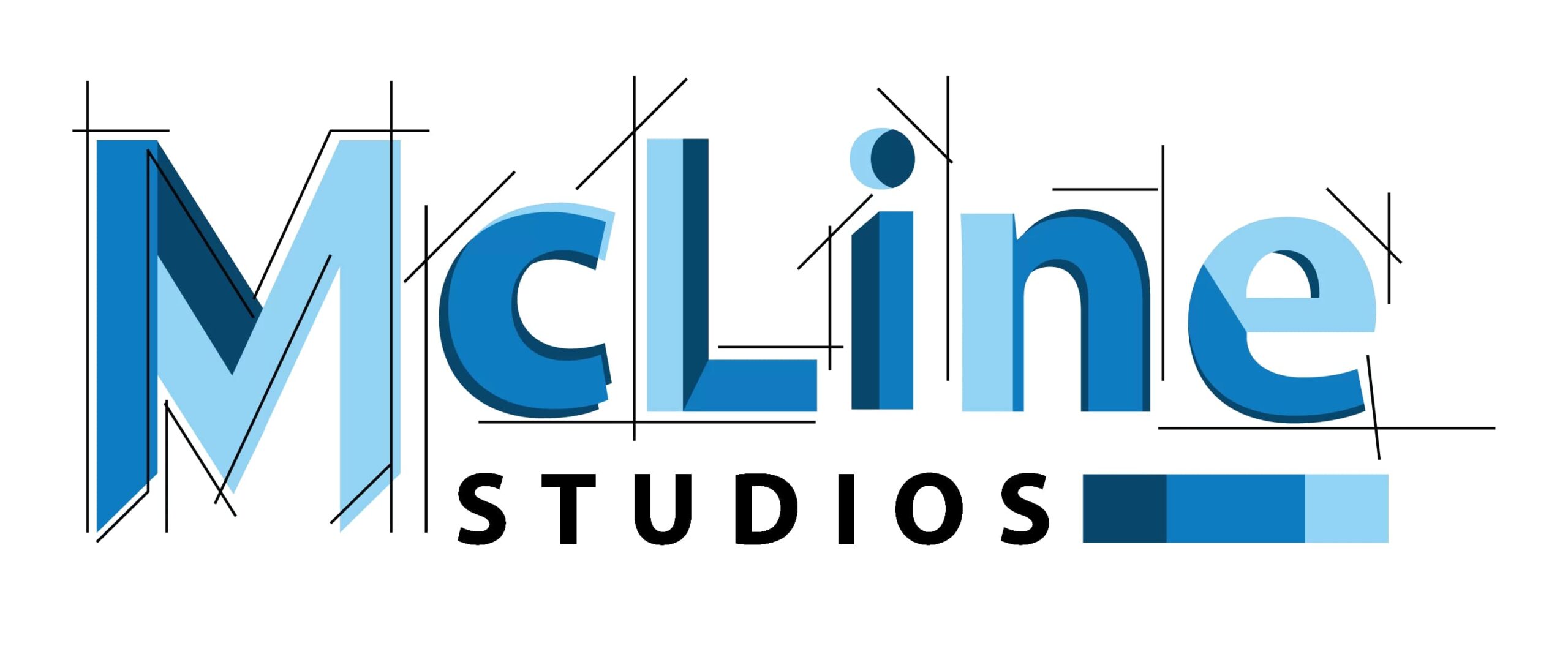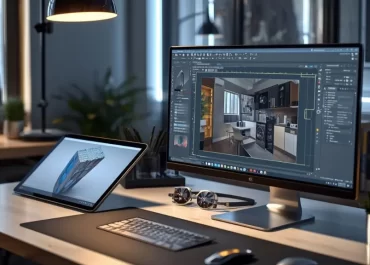In the world of construction and manufacturing, precision isn’t optional — it’s the foundation of quality. That’s where shop drawings come in. Whether you’re an architect, contractor, or manufacturer, understanding shop drawings can make the difference between a seamless project and a costly rework.
In this guide, we’ll break down what shop drawings are, their importance, types, process, and how to choose the right service provider.
What is a Shop Drawing?
At its core, a shop drawing is a detailed set of drawings or plans that shows how a specific component will be fabricated, assembled, and installed. These drawings go beyond the general architectural or engineering plans to provide exact dimensions, materials, finishes, and installation details.
In simple terms: If the blueprint is the big picture, the shop drawing is the close-up that tells you exactly how to make it.
Key difference from blueprints:
- Blueprints show design intent.
- Shop drawings show how to execute that design in reality.
Why Shop Drawings Are Crucial
Shop drawings are the bridge between design and construction. Without them, you risk miscommunication, delays, and expensive mistakes.
Benefits include:
- Ensuring compliance with architectural and engineering designs.
- Reducing fabrication and installation errors.
- Coordinating between multiple trades (e.g., MEP systems).
- Meeting industry codes and project specifications.
Example: In a commercial building, MEP shop drawings prevent HVAC ducts from clashing with structural beams or electrical conduits.
Types of Shop Drawings
Different industries require different types of shop drawings, each with a unique role:
| Type | Purpose | Example Deliverables |
| Architectural | Ensure design accuracy & fit | Door schedules, cabinetry layouts |
| Structural | Verify load & structural integrity | Steel beam details, reinforcement plans |
| MEP | Avoid service clashes | Duct routing, electrical panel layouts |
| Custom Fabrication | Guide manufacturing | Furniture dimensions, CNC cutting files |
The Shop Drawing Process: Step-by-Step
- Design Review – Study architectural/engineering drawings and specifications.
- Drafting – Create detailed CAD models using tools like AutoCAD, Revit, or Tekla.
- Coordination – Collaborate with architects, engineers, and contractors.
- Approval Cycle – Submit for review, revise based on feedback, and get sign-off.
Tools & Software for Shop Drawings
Today’s shop drawing services rely on advanced drafting tools for accuracy and speed:
| AutoCAD | Industry standard for 2D drafting. |
| Revit | Ideal for BIM-based projects. |
| SolidWorks | Used for mechanical and product design. |
| Tekla Structures | Preferred for steel detailing. |
| Bluebeam Revu | For markups and collaboration. |
Common Challenges & How Experts Overcome Them
- Clash Detection – Use BIM coordination to spot and resolve conflicts early.
- Version Control – Implement strict file naming and revision tracking.
- Tight Deadlines – Use experienced drafting teams with efficient workflows.
- Standards Compliance – Follow industry codes like AISC, ASME, and AWI to ensure safety and quality.
Choosing the Right Shop Drawing Service Provider
When selecting a drafting partner, consider:
- Experience in your specific industry.
- Knowledge of relevant building codes and fabrication standards.
- Portfolio of past projects.
- Revision Process transparency.
- Use of Modern Tools for accuracy and speed.
Conclusion:
A shop drawing isn’t just a technical document- it’s a roadmap to successful project execution. With accurate, detailed shop drawings, you save time, reduce errors, and ensure that every component fits perfectly.
Whether you’re in architecture, engineering, manufacturing, or construction, investing in expert shop drawing services is one of the smartest project decisions you can make.




